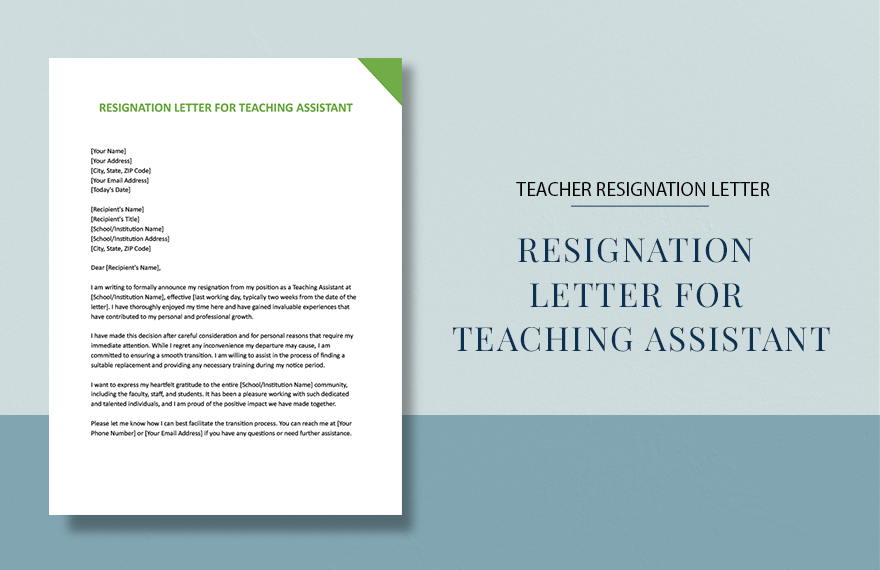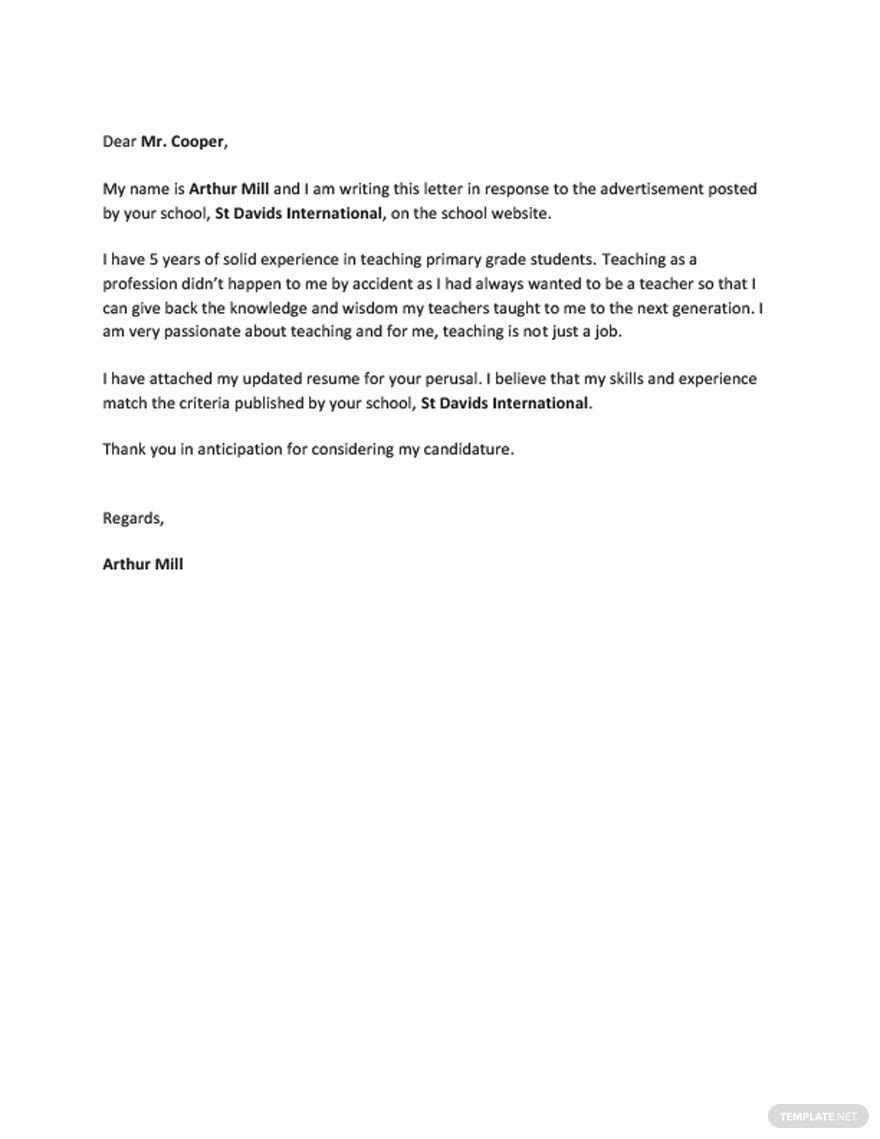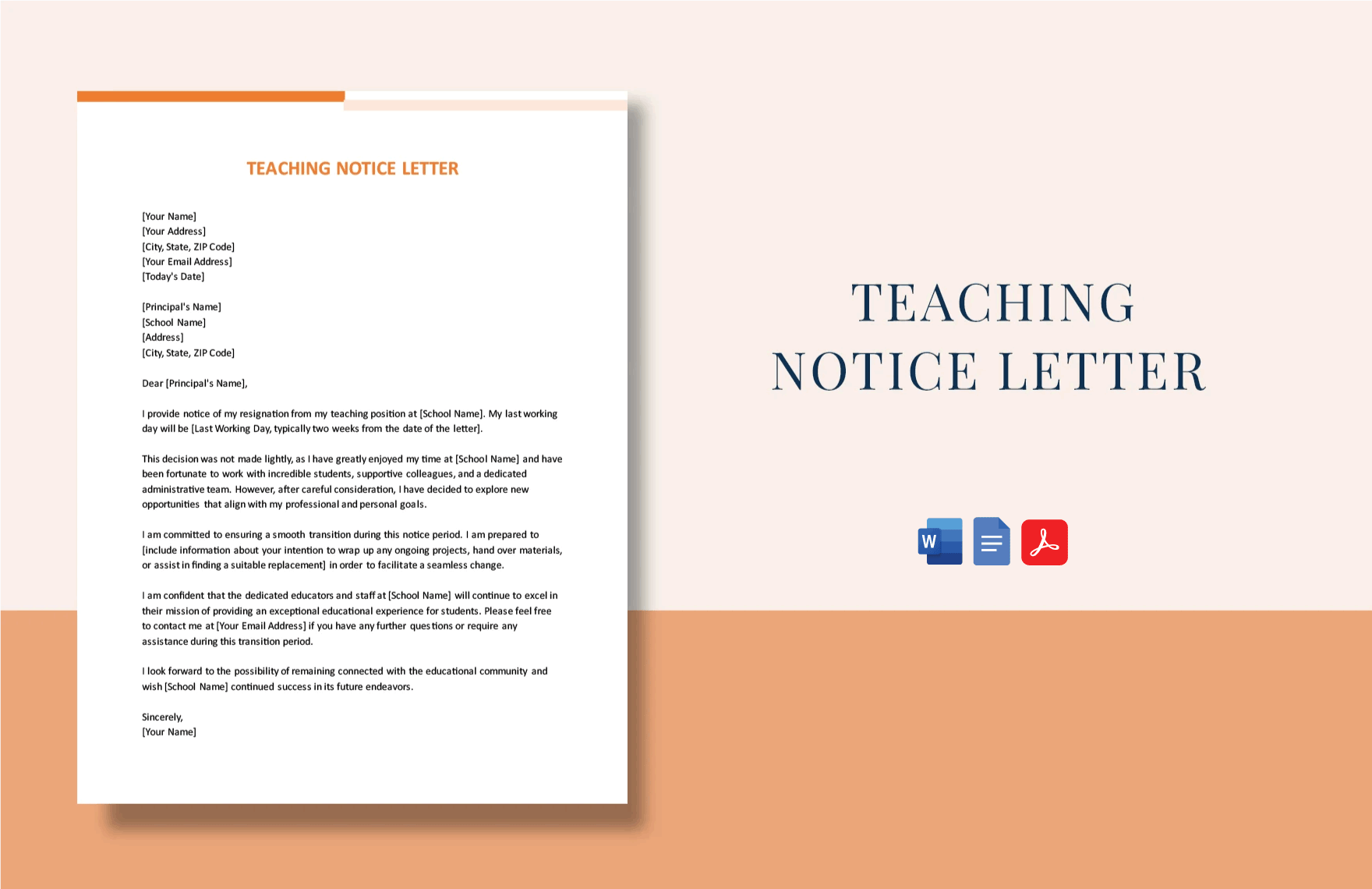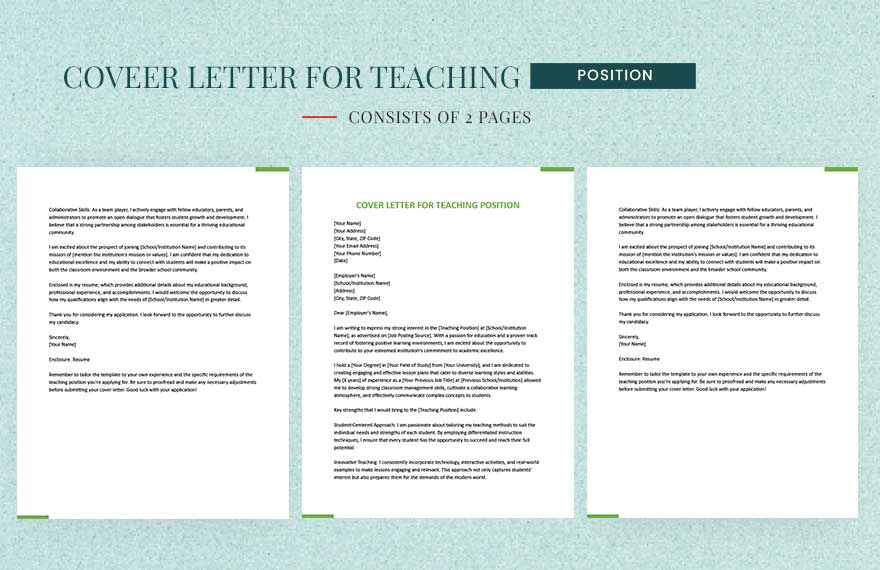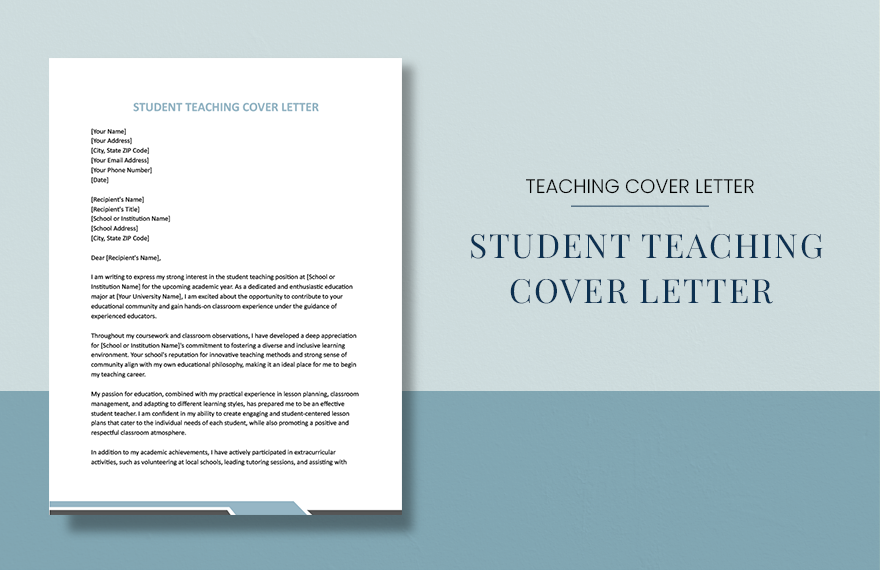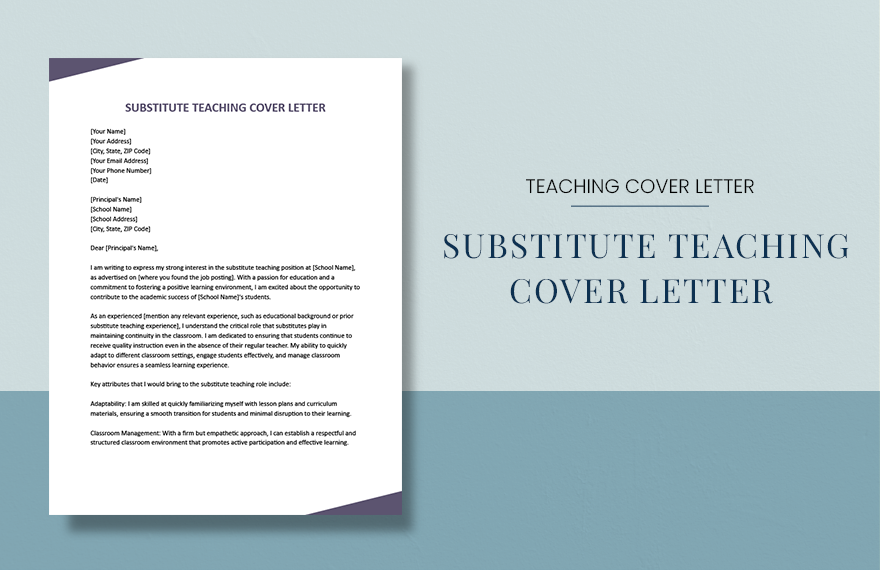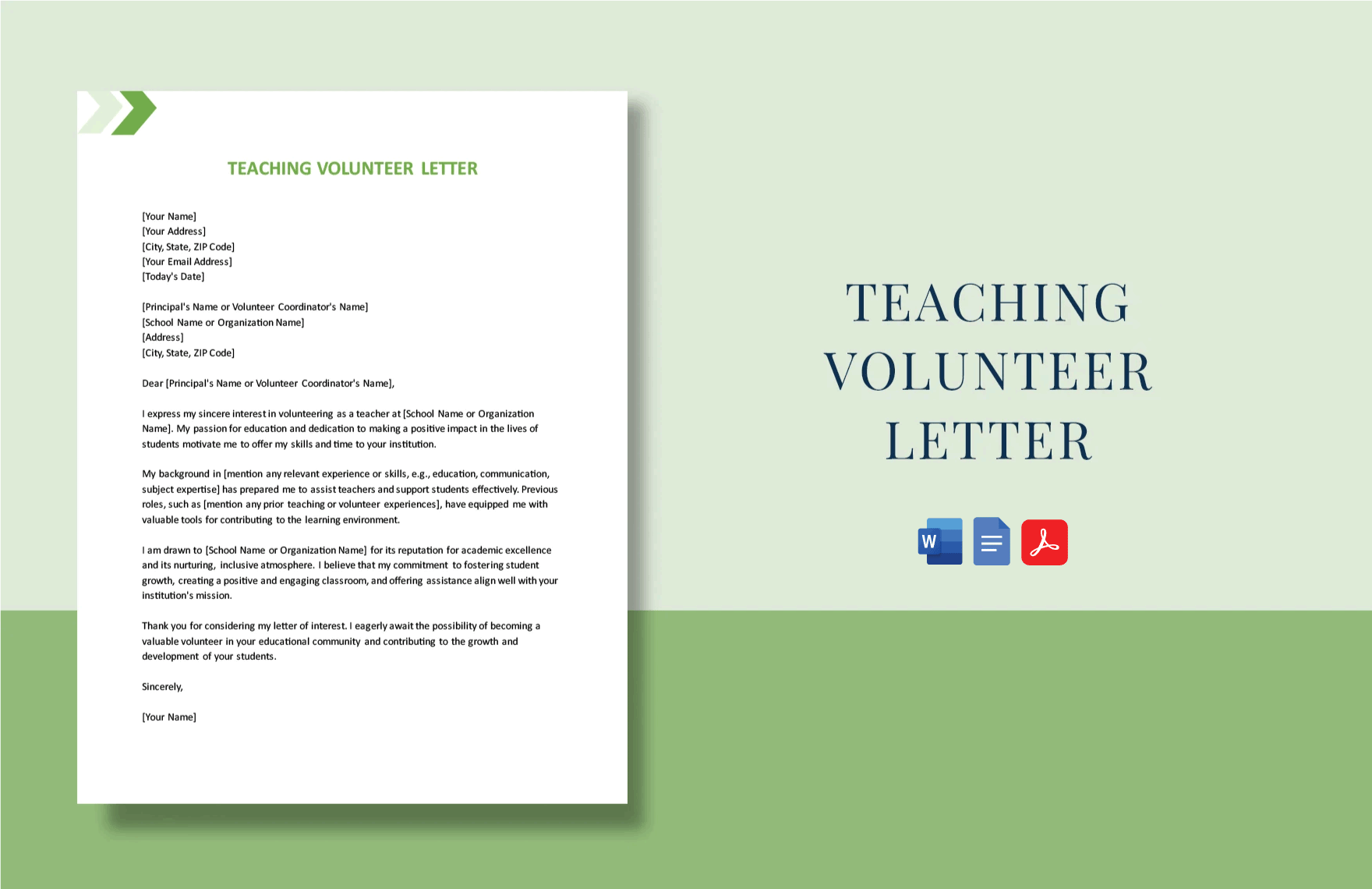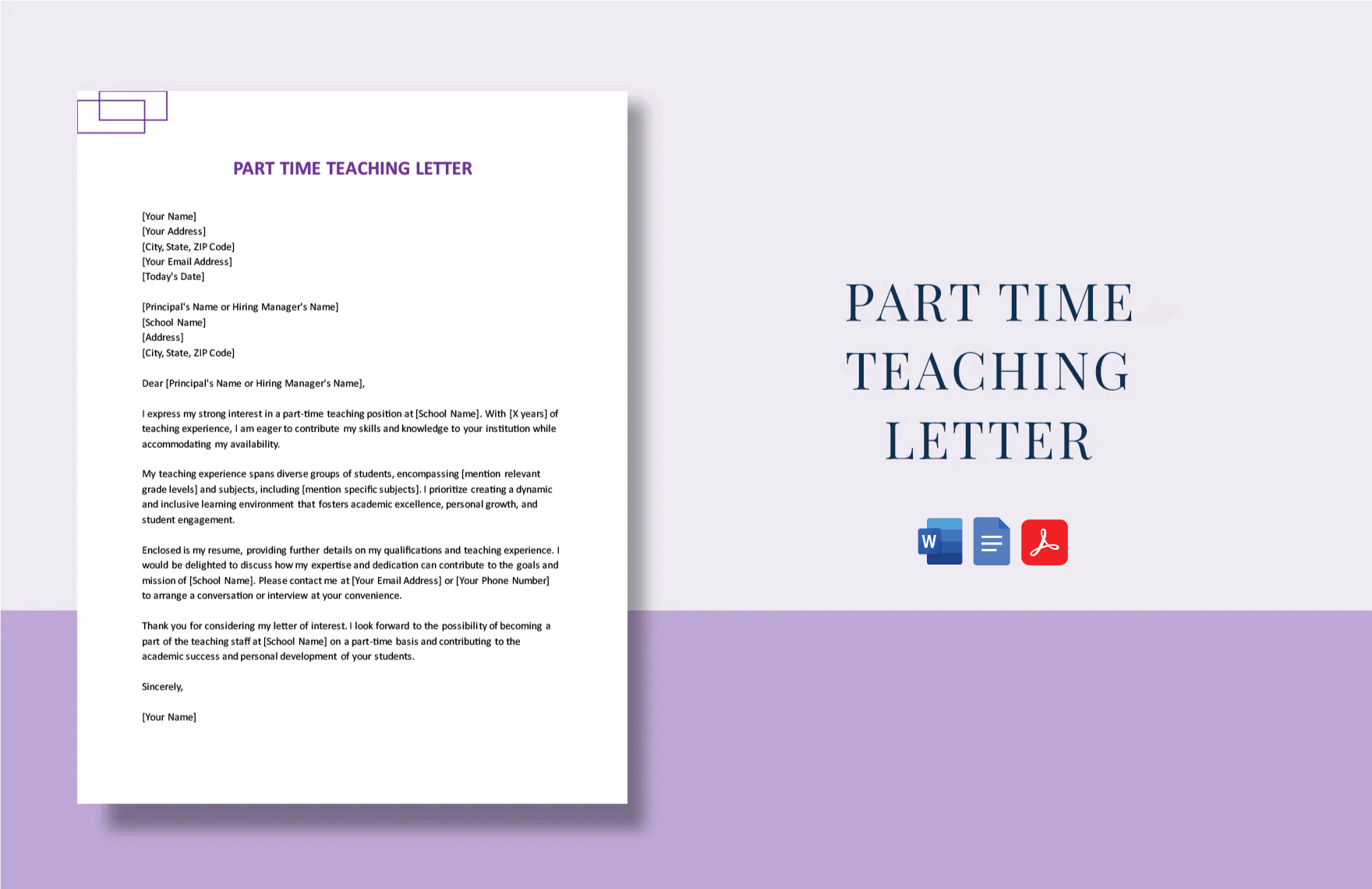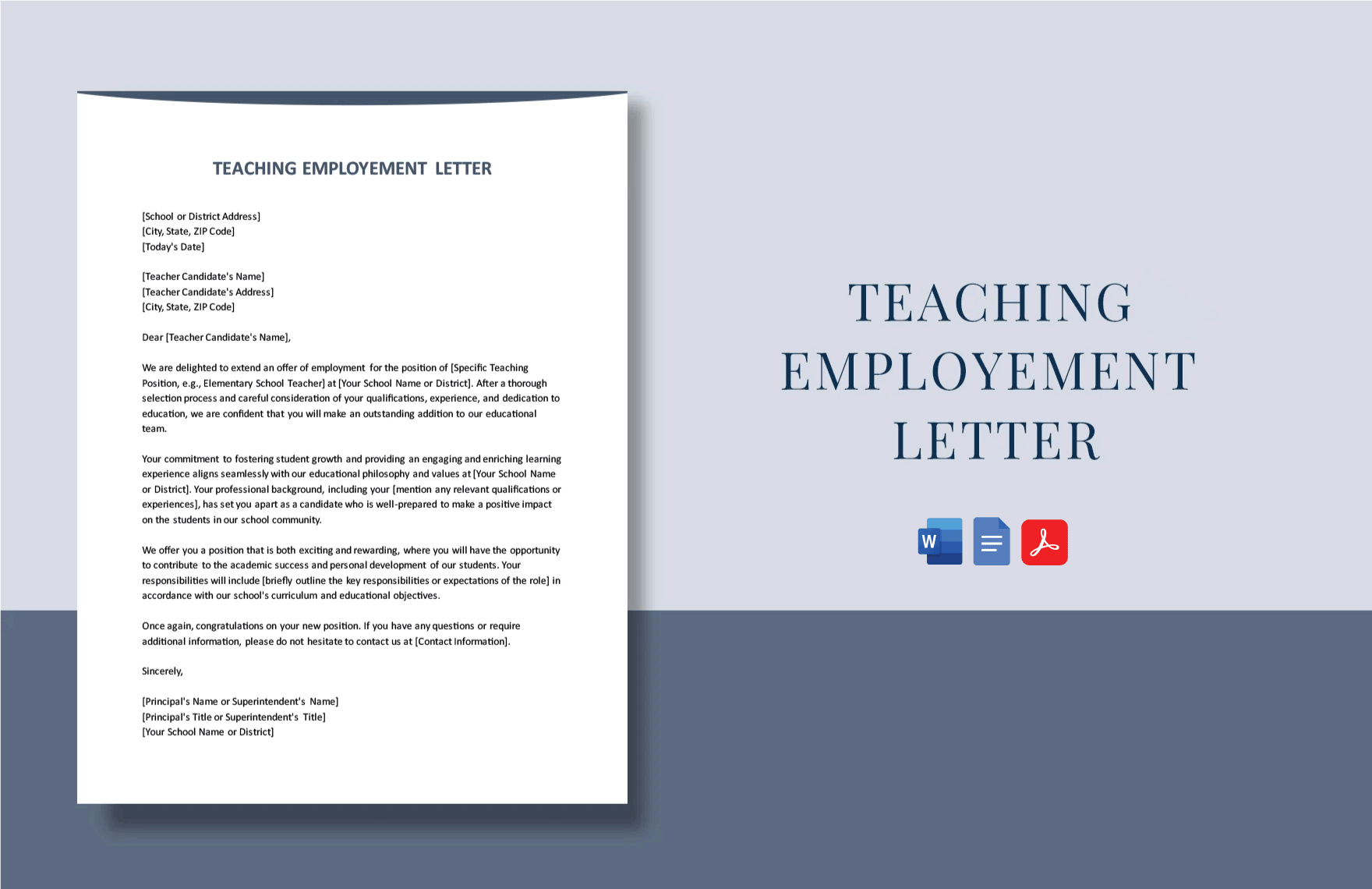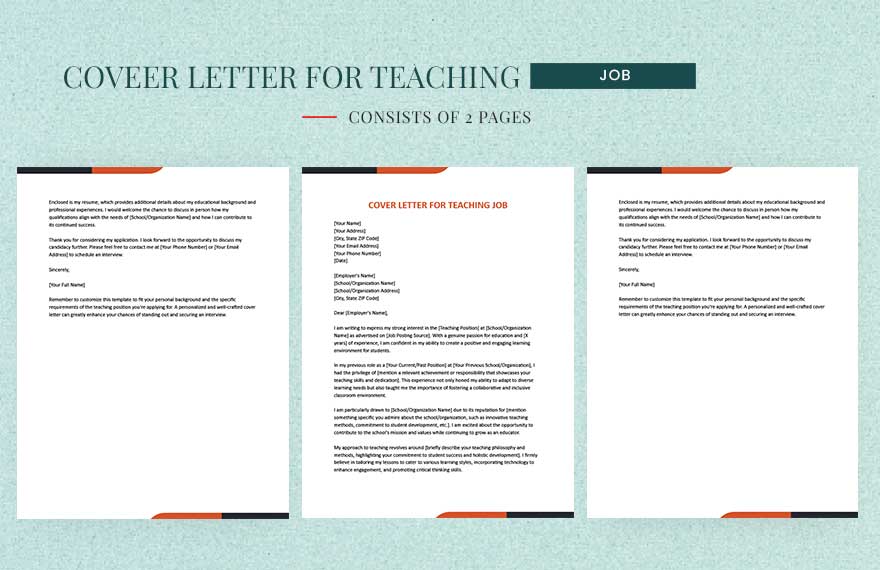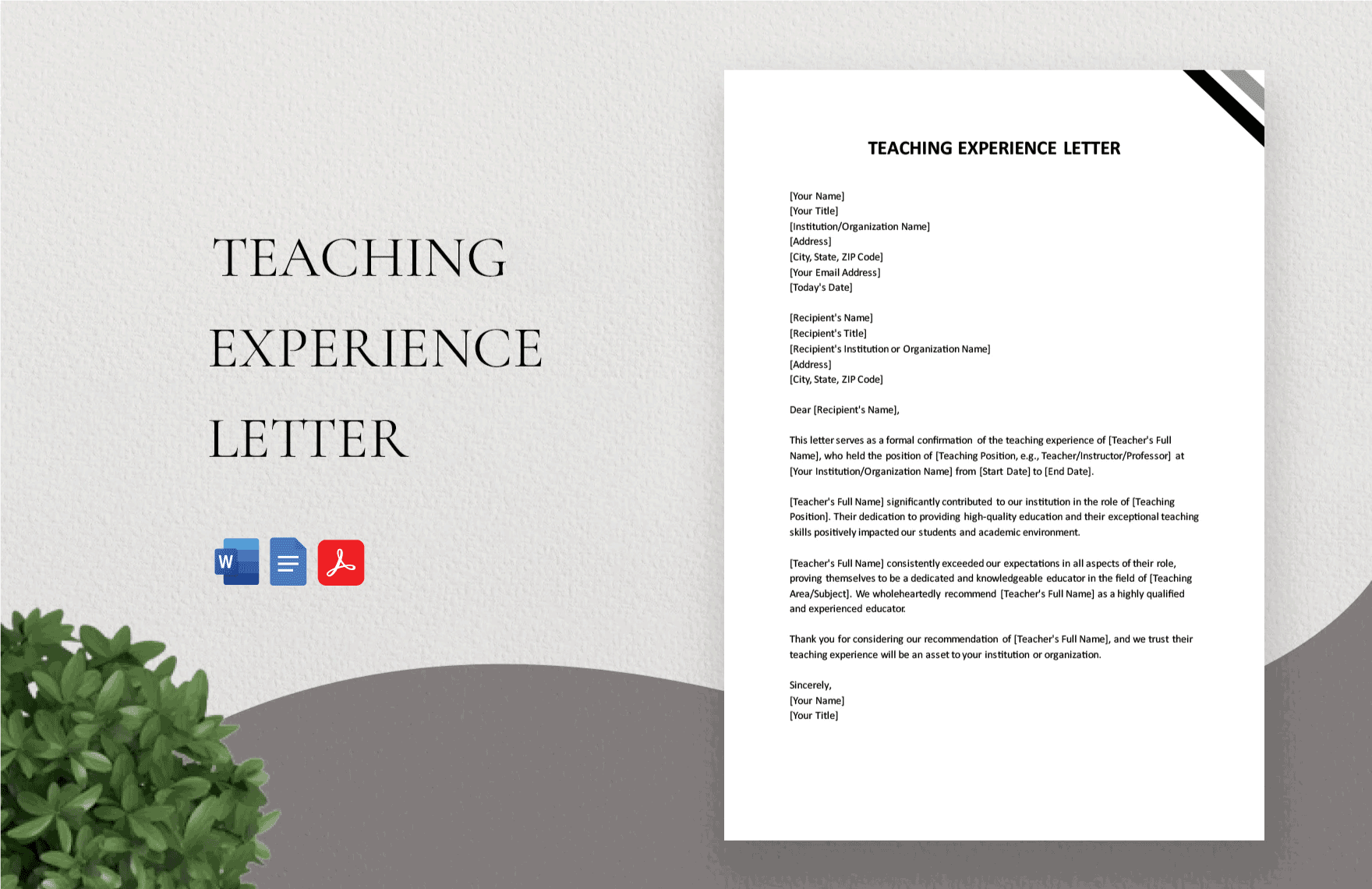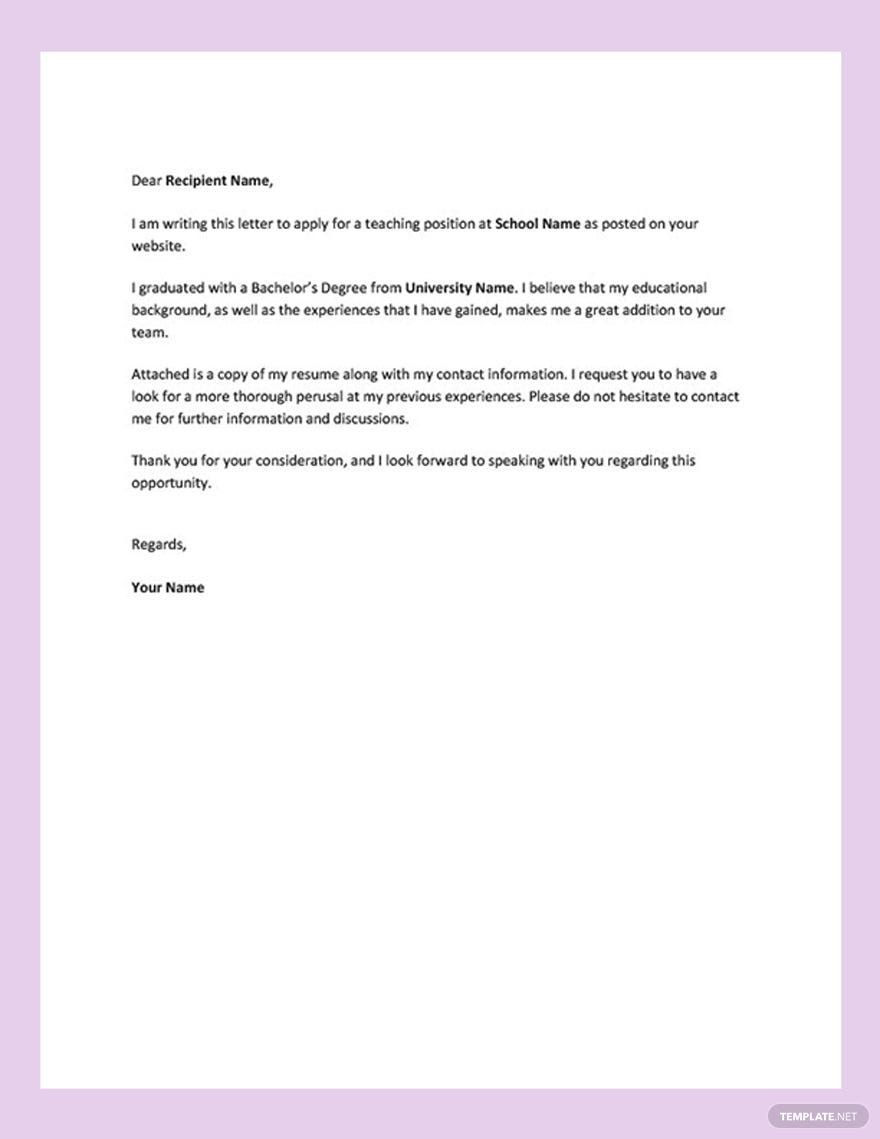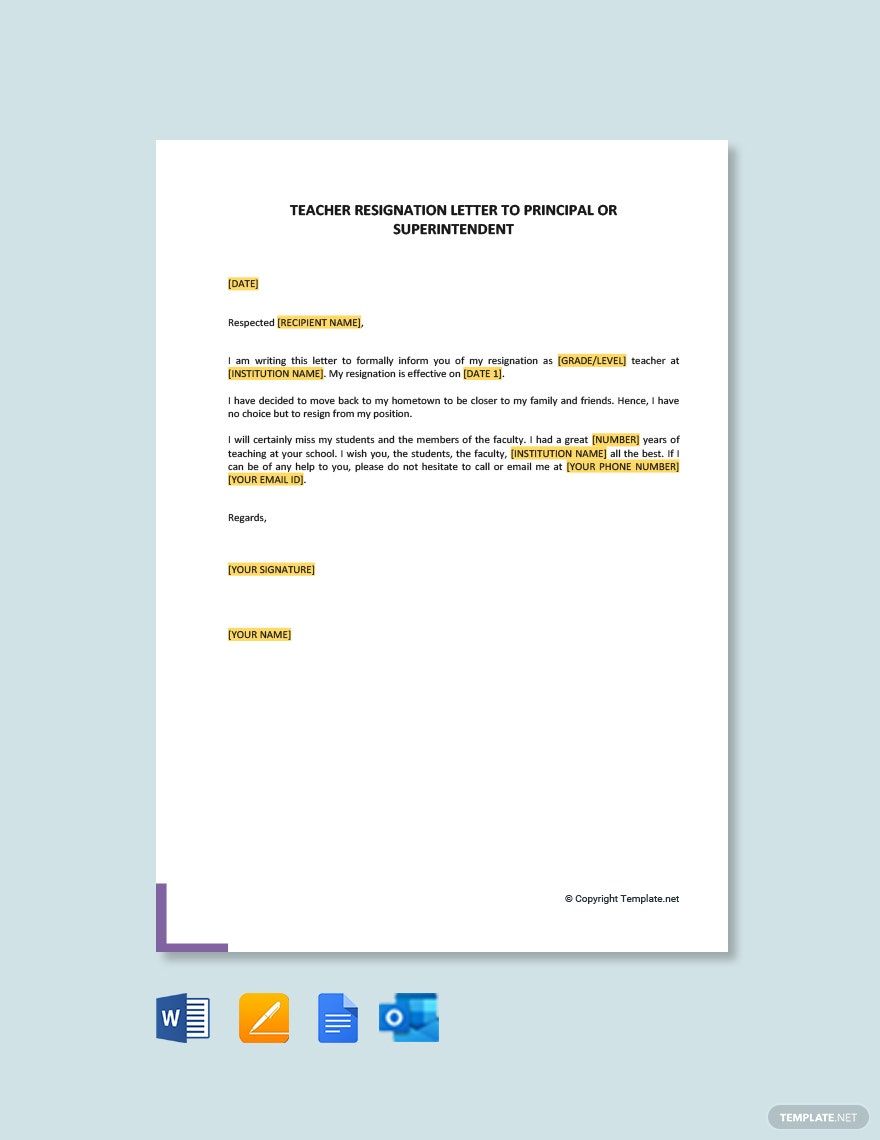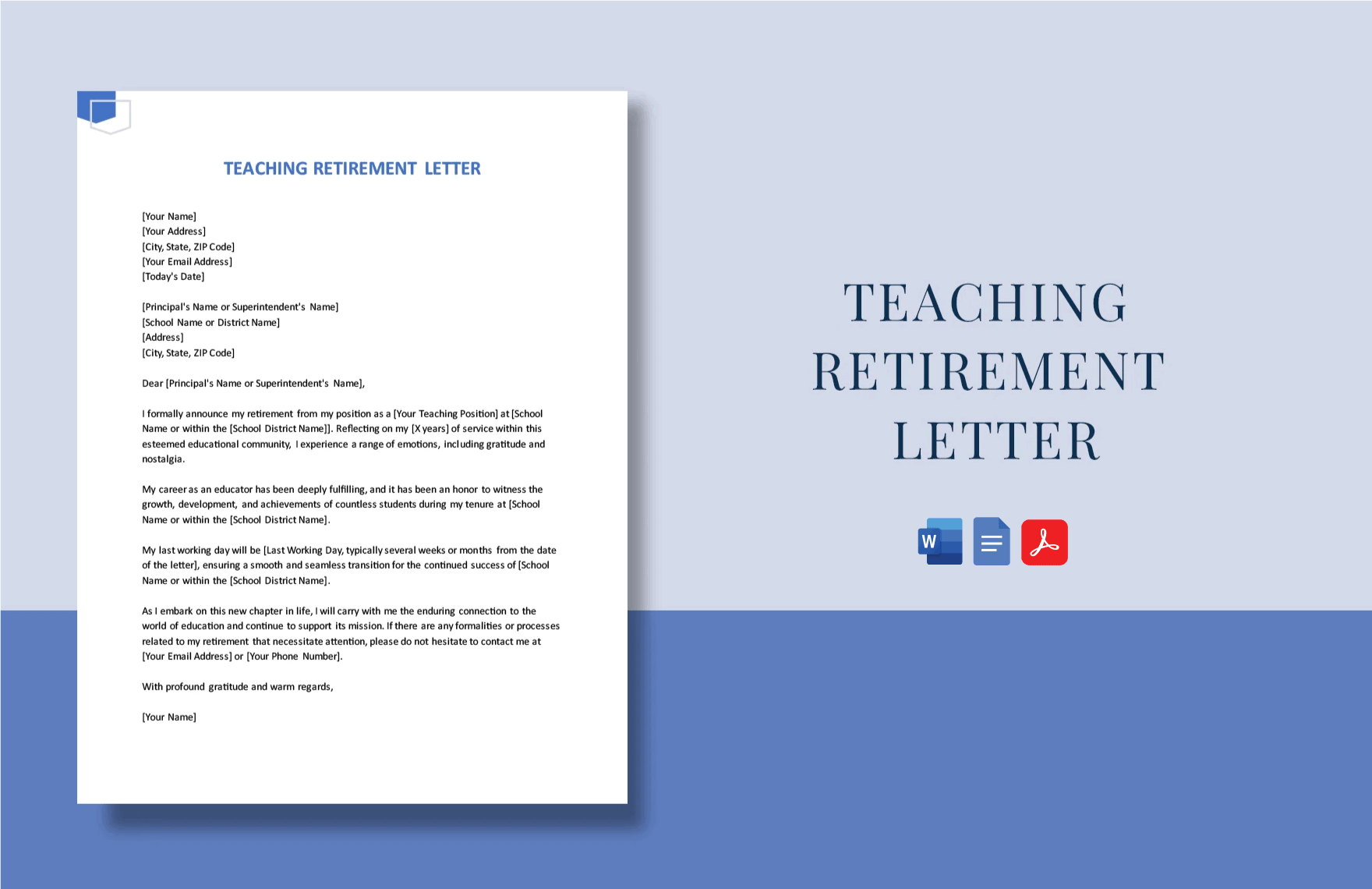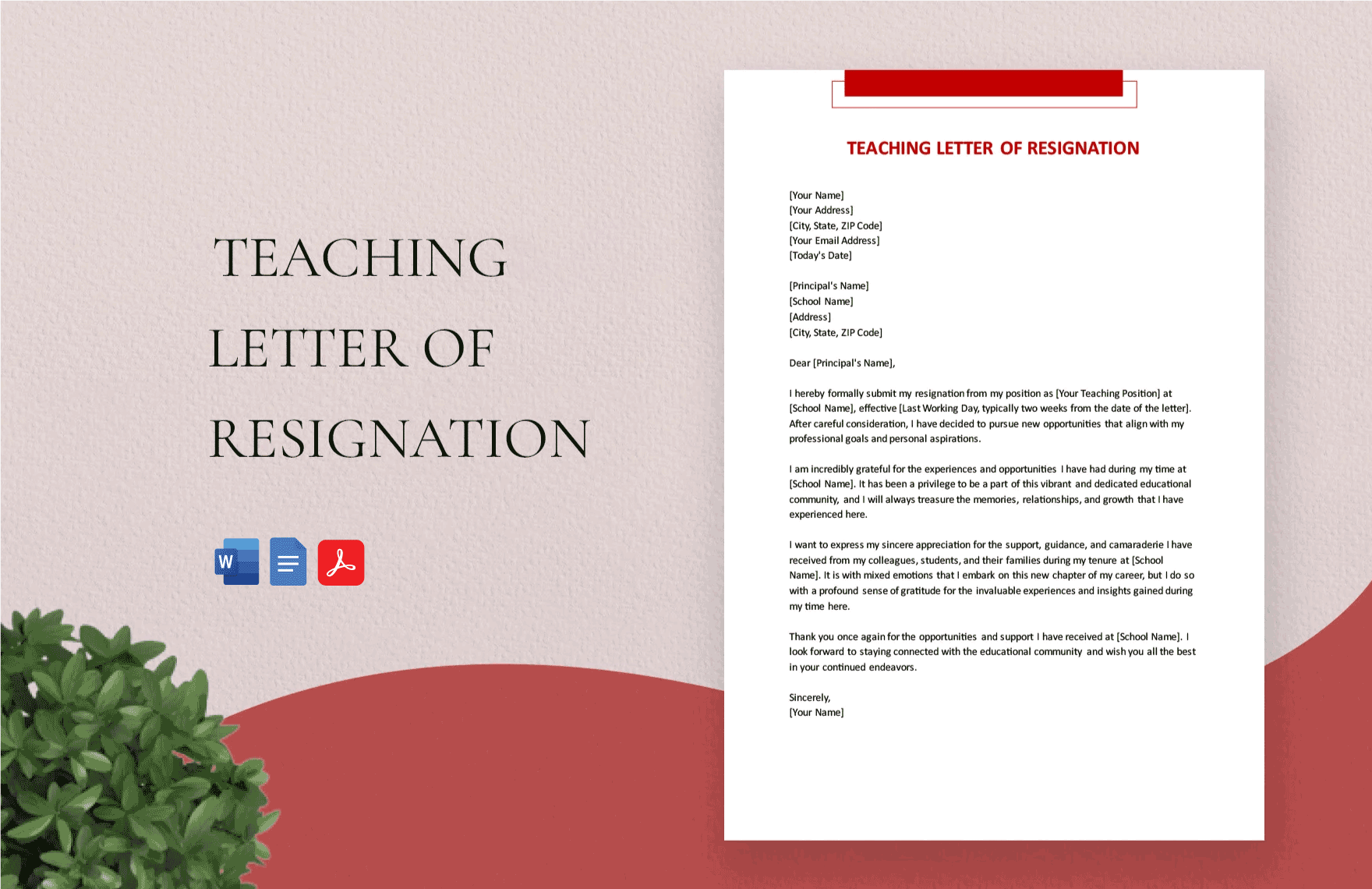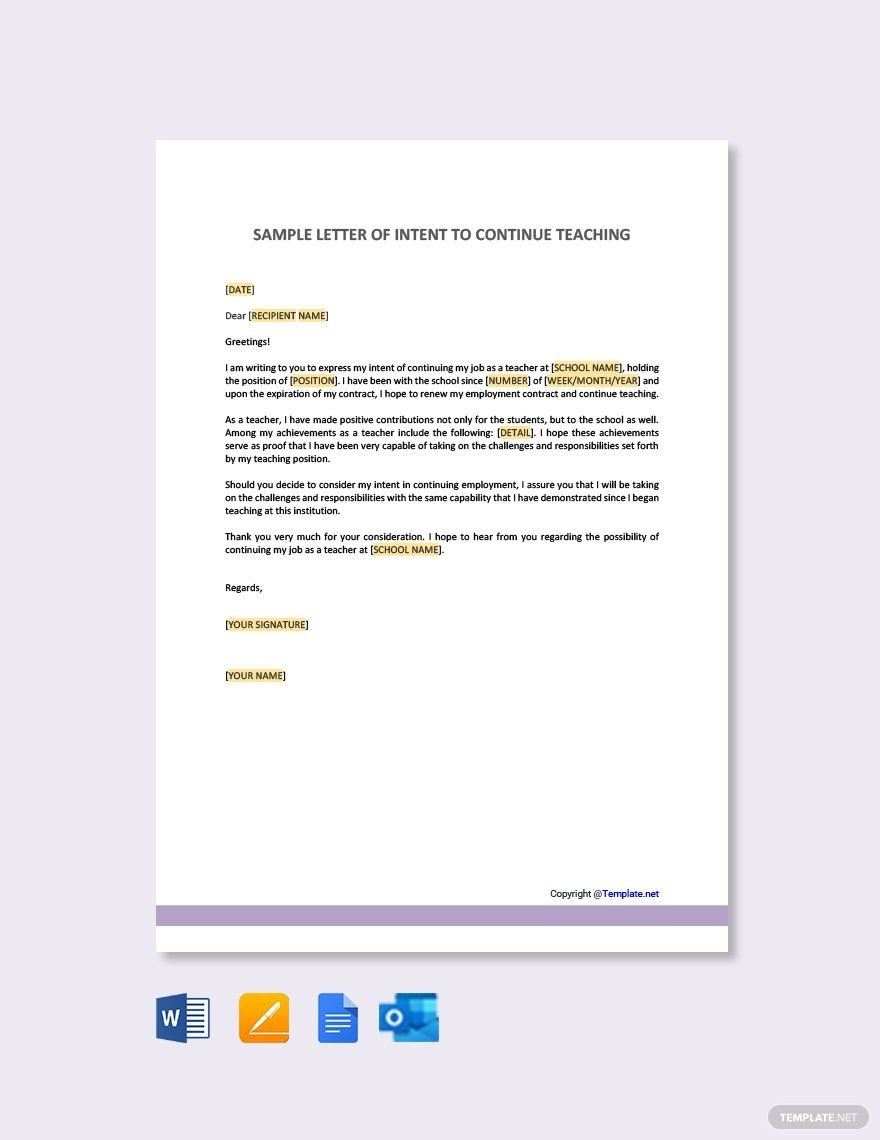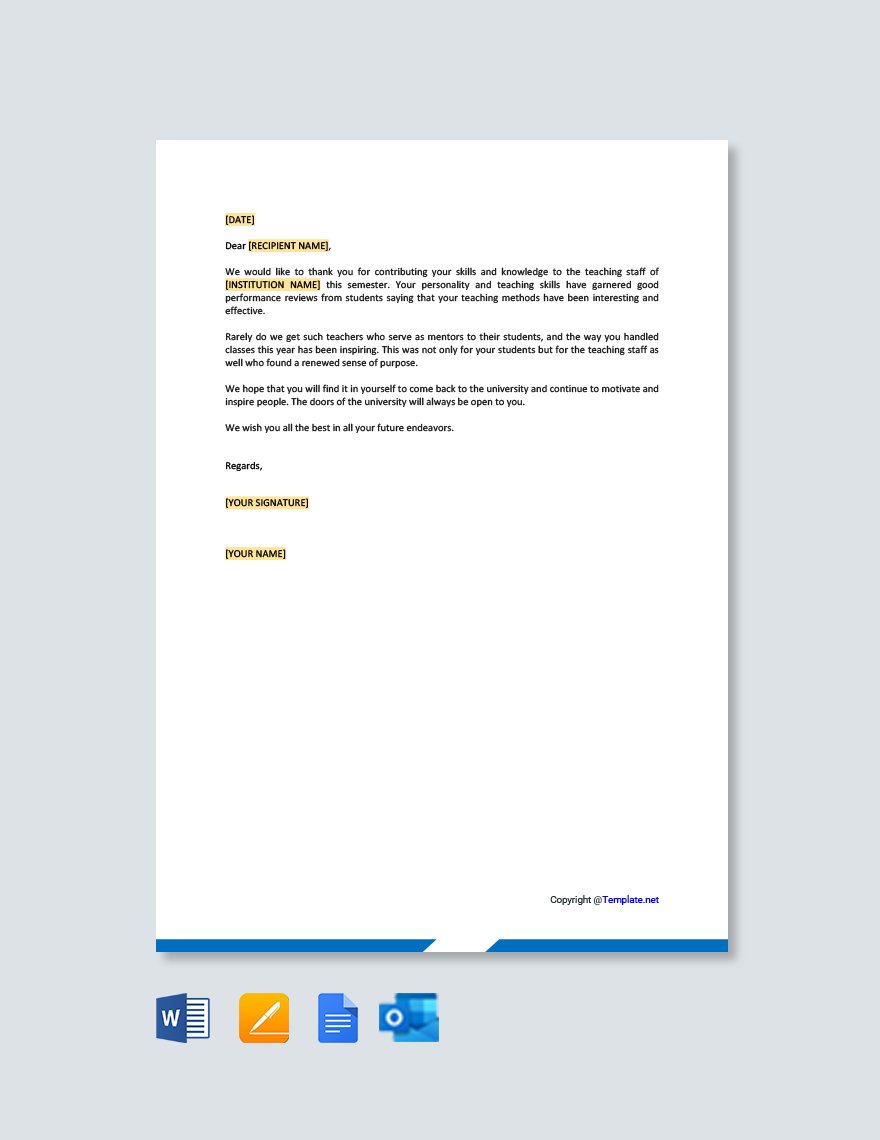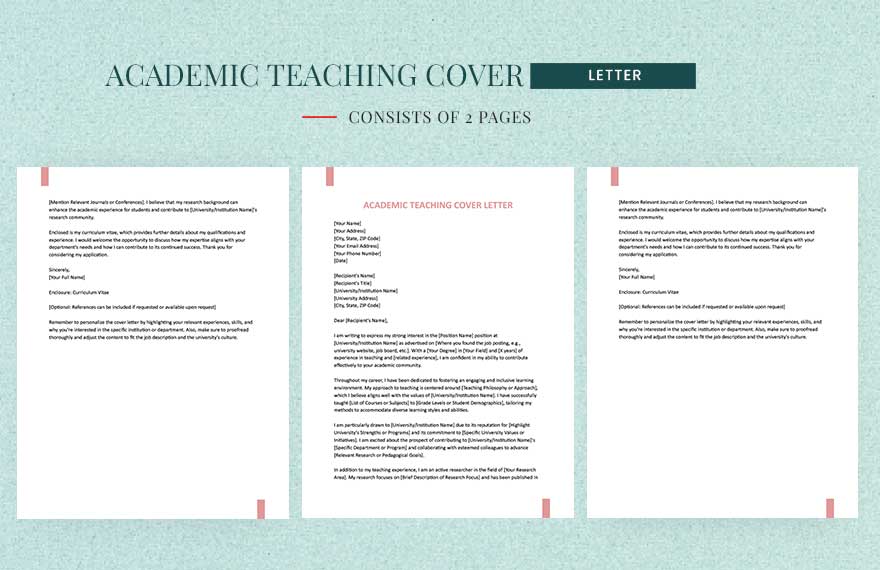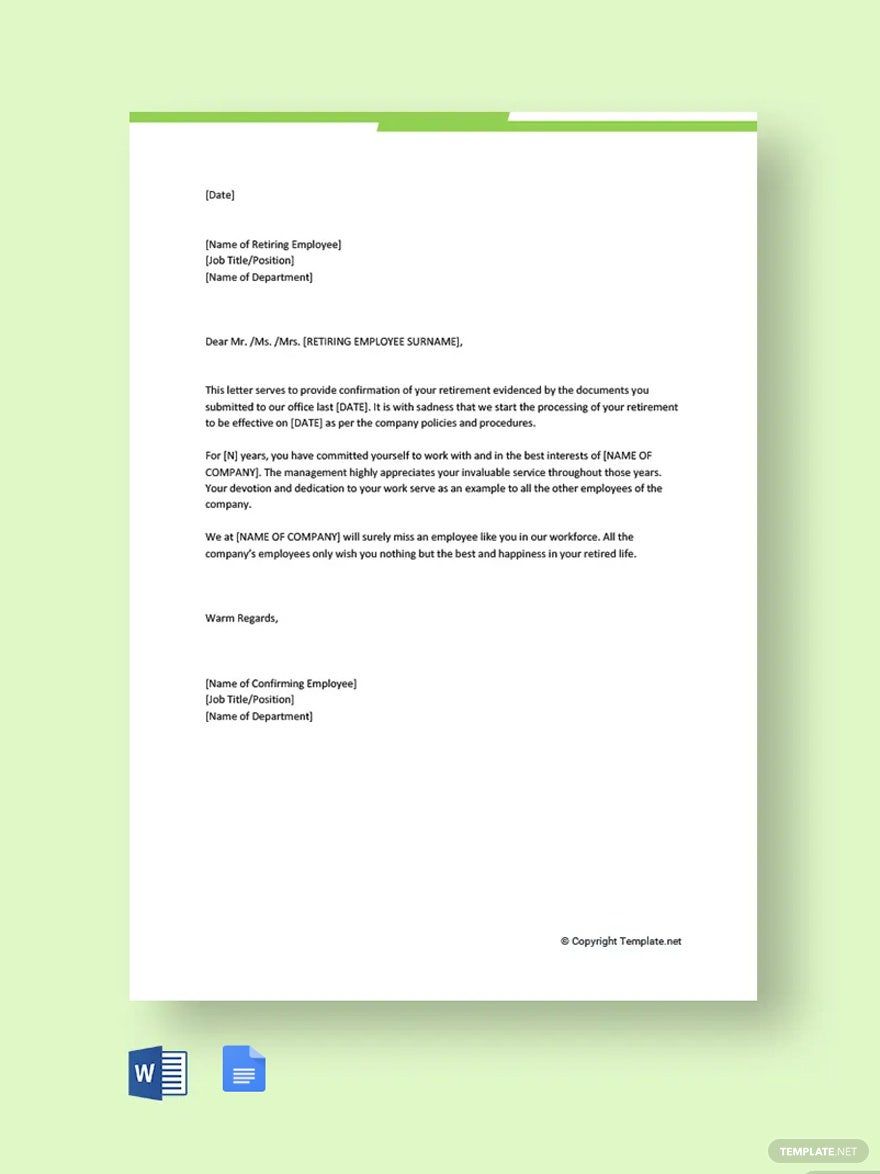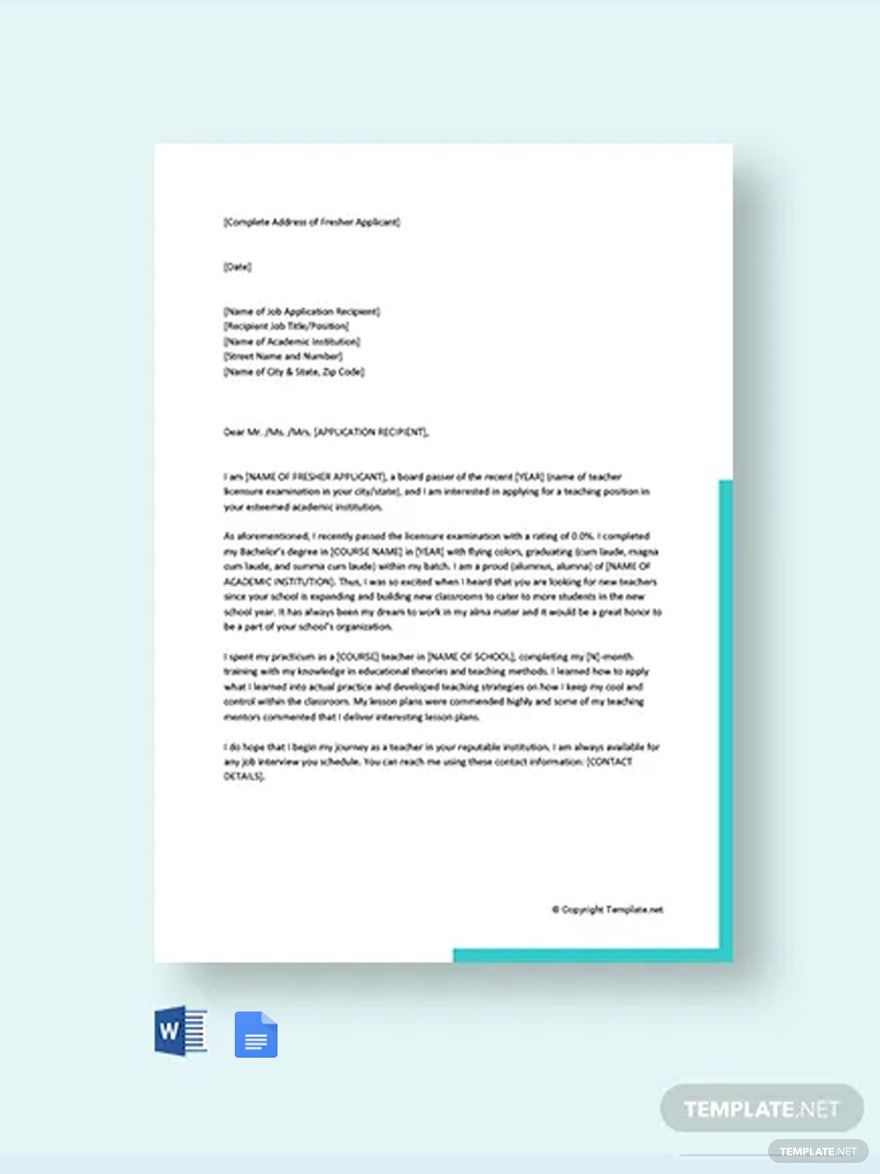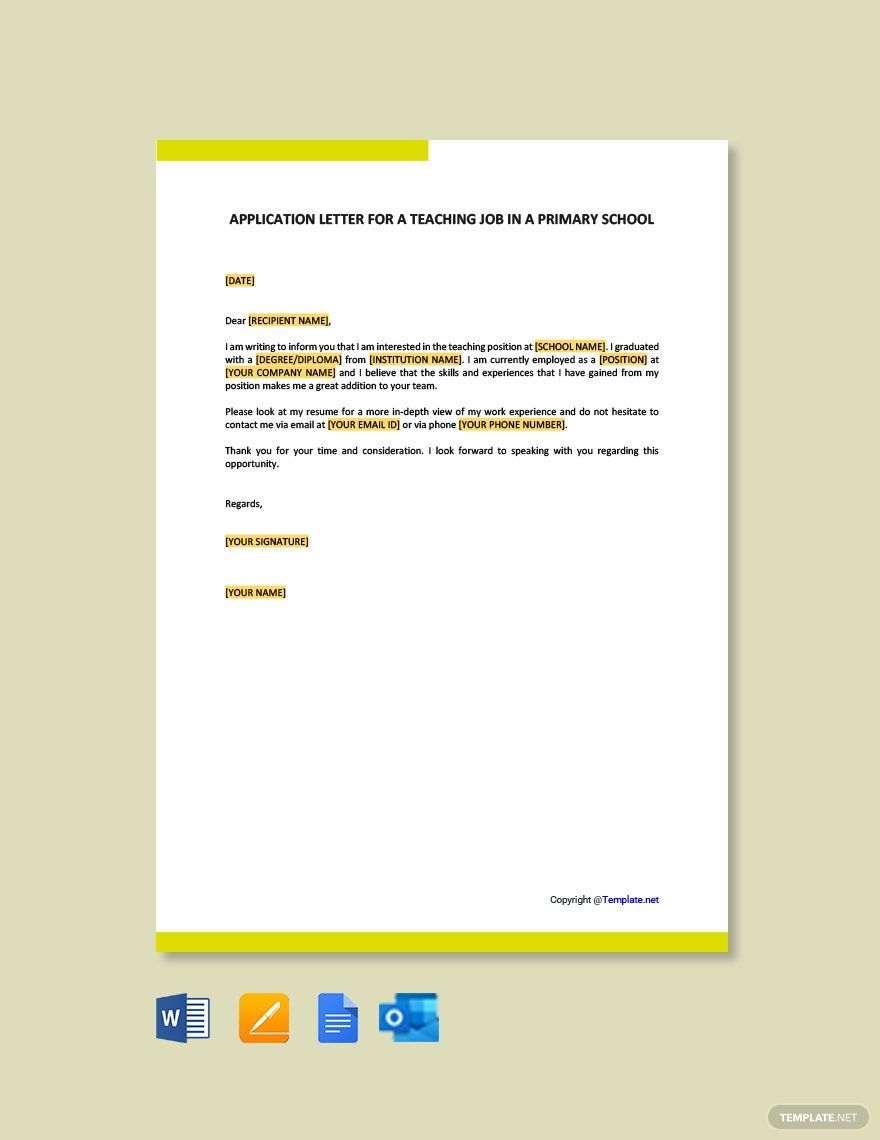Teaching is a very respectable job. It involves a lot of work by educating and guiding the youth and other learners. Educators also have to deal with situations outside of the classroom, like writing letters for a recommendation, introduction, or resignation. If you want to save time from writing letters from scratch, our Teaching Letter Templates can help. They're convenient and straightforward, so select a ready-made template and edit it however you like. You can then download them on your computer or mobile phone. They're high-quality because our professionals crafted these, and are guaranteed original. Write an effective letter using our templates today!
What Is a Teaching Letter?
Prior to the 2011 recession, teachers worked for a school
for five years or longer. Now the average time a teacher will work for a school is three years, according to Education Week, a website that studies educational issues. Speaking of educational issues, a teaching letter is the best formal way to communicate and discuss topics that concern teachers, students, parents, and the school administration.
How to Write Teaching Letters
Writing teaching letters is hardly different from writing other letters. You have to follow a list of things from its format and be careful of mistakes. If you are unfamiliar with writing a letter, don't worry, we have provided some of the steps below to help you out.
1. Start with Letter's Heading
Like most letters, you have to start with the heading. The heading is essential to get the message to its destination. What you should include in the heading is the date, the full name of the recipient and his or her complete address.
2. Write the Letter's Salutations
Salutations are an essential part of a formal letter. You can find these in both friendly letters, as well as formal letters. This portion is where you greet and regard your recipient with respect. A simple professional greeting would be enough.
3. Address Educational Issues in the Letter's Body
The body of the letter is where you address your educational concerns, whether you are writing a resignation letter or another message. The body carries the information that you intend your recipient to read.
4. Conclude Your Teaching Letter
Of course, you have to write the conclusion of the letter. You can refer to this portion as the closing remarks. The tone of the closing remarks can vary depending on your concern, whether the problem is about students, parents, etc.
5. Check Your Letter for Probable Mistakes
Exercise some caution and read your letter once again, check for mistakes in grammar and spelling. Correct whatever errors you find, and if you are satisfied with your message, you can now send it out via email or post office.
